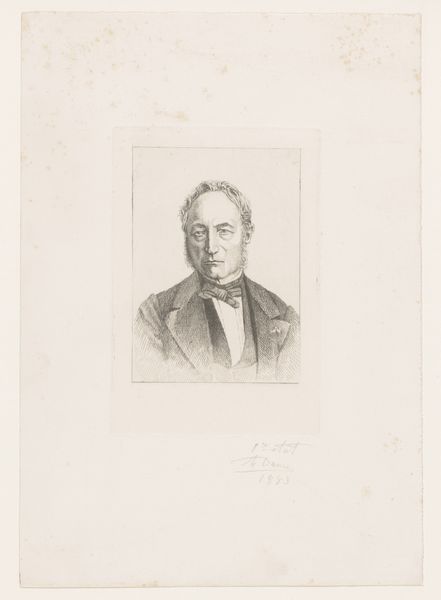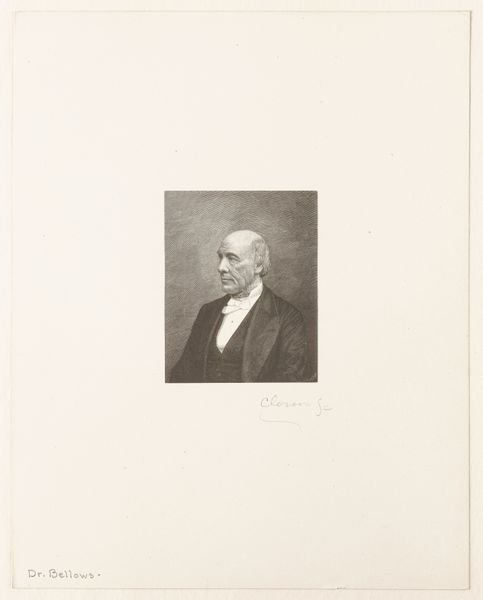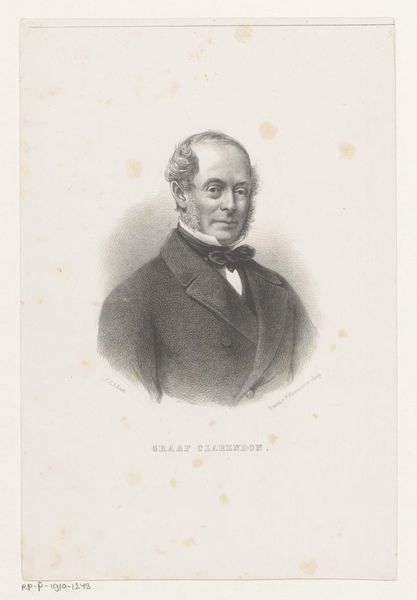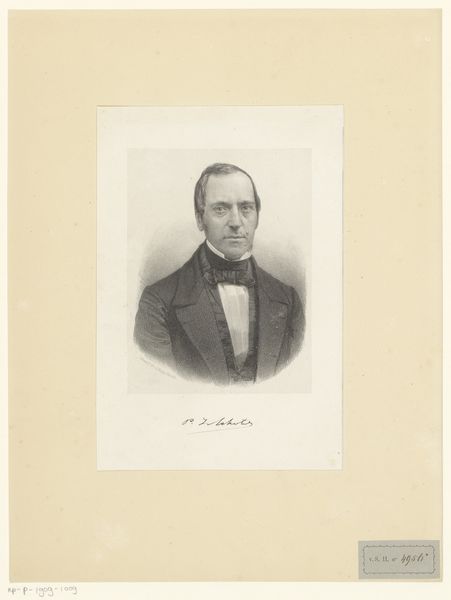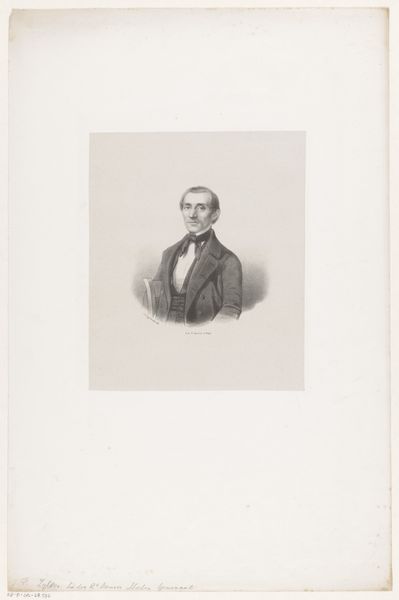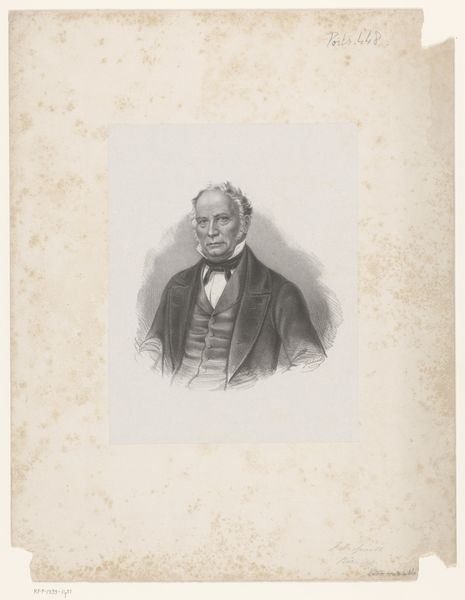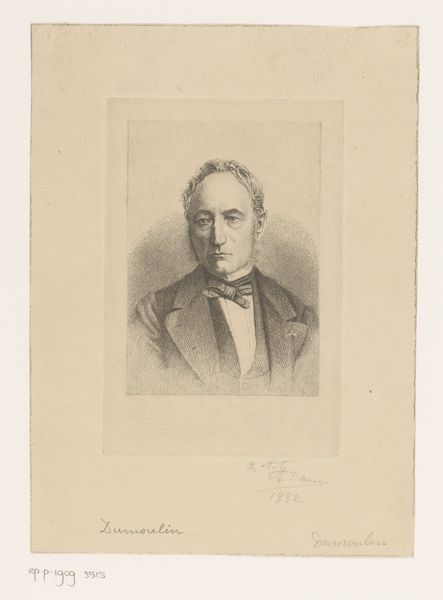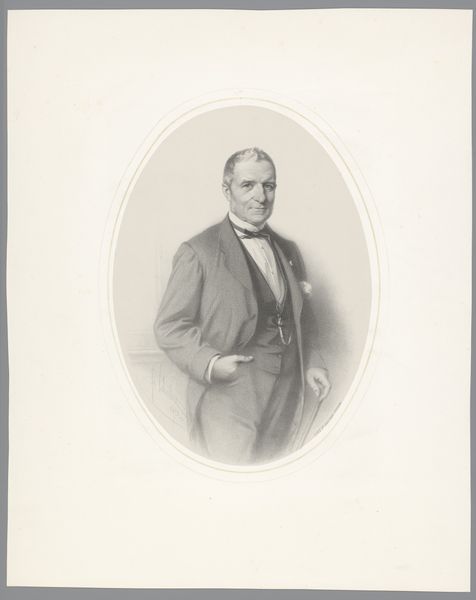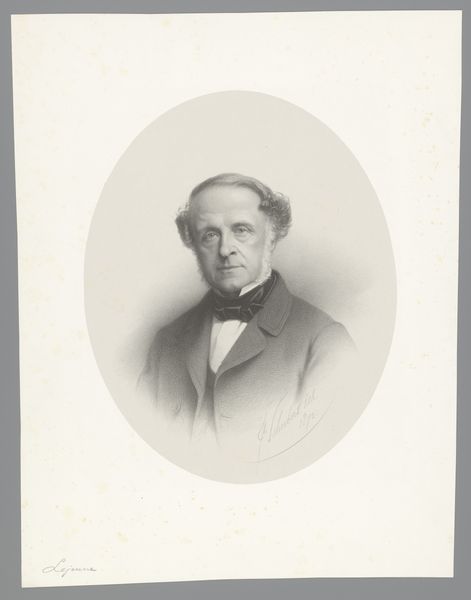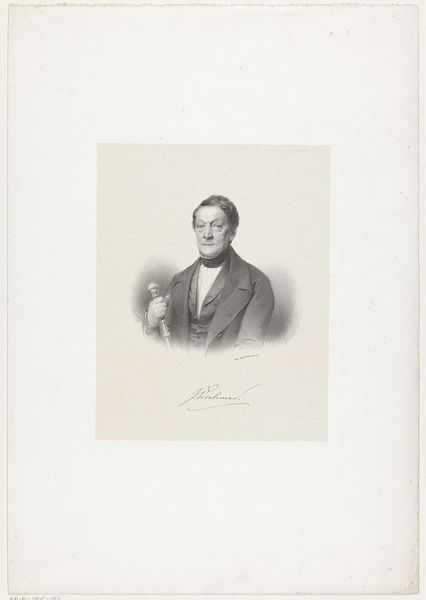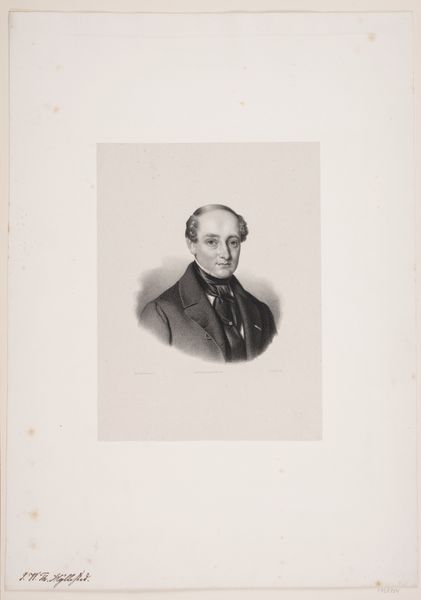
print, wood-engraving, engraving
#
portrait
# print
#
wood-engraving
#
engraving
Dimensions: 5 1/2 x 4 1/16 in. (13.97 x 10.32 cm) (image)8 3/4 x 7 1/2 in. (22.23 x 19.05 cm) (sheet)
Copyright: Public Domain
Curator: Let's turn our attention to this 19th-century print, "Portrait of Wm. Lloyd Garrison," currently held at the Minneapolis Institute of Art. It is an engraving. Editor: My first impression is the sheer amount of work—look at those fine, etched lines creating light and shadow. You can tell immediately that this took time and incredible skill. It feels very... considered, careful. Curator: It is a considered piece, meant to present Garrison, the famous abolitionist, in a light of respectability. Prints like this would have circulated widely, shaping public perception. They are inherently political objects. Editor: Exactly. And the fact it is a print underscores its accessibility. Multiple copies, making Garrison’s image, and therefore his message, available to a broader audience than a painted portrait would be. Curator: Yes. These images played a role in shaping Garrison's public image and disseminating his ideas during a tumultuous period. Note his suit—the clothing choices aimed at presenting him as a figure of authority. Editor: And the artist, William B. Closson. We often overlook the engravers themselves, their labor, the sheer physical demand. It is about process, technique, and then dissemination through labor. Curator: And about the artist aligning his craft, and his labor, with Garrison's cause. These kinds of portrait prints played a critical role in creating a visual culture for social movements in the 19th century. This wasn't simply art for art's sake; it was a tool for social change. Editor: It speaks to the power of visual messaging and material reproduction in a time before mass digital communication. Really thinking about how ideas literally get made manifest and circulated. Curator: Yes. By examining its materials, creation and impact, we better understand how these images shape historical narratives. Editor: Precisely. This reminds me to consider the labor, the choices, and all these layers, when viewing artwork.
Comments
No comments
Be the first to comment and join the conversation on the ultimate creative platform.
